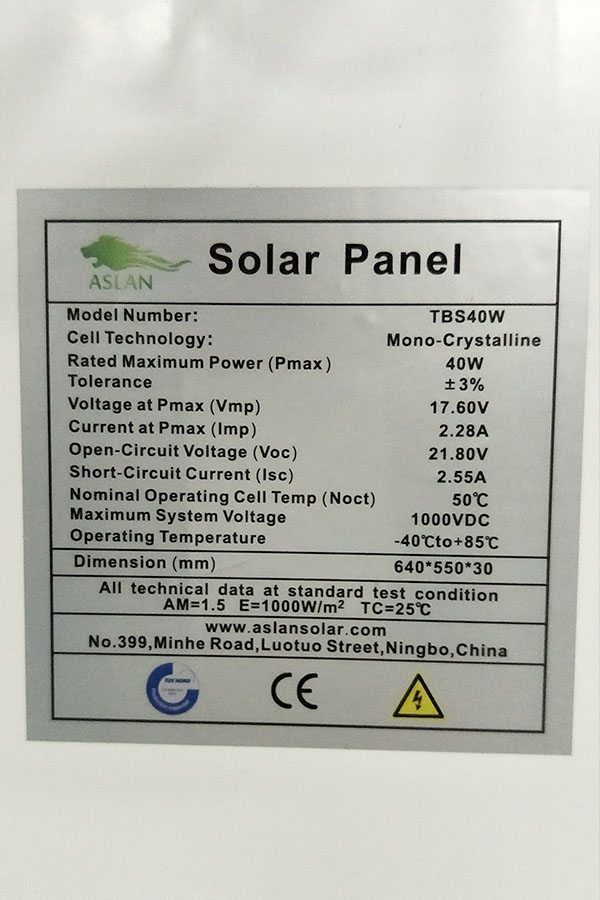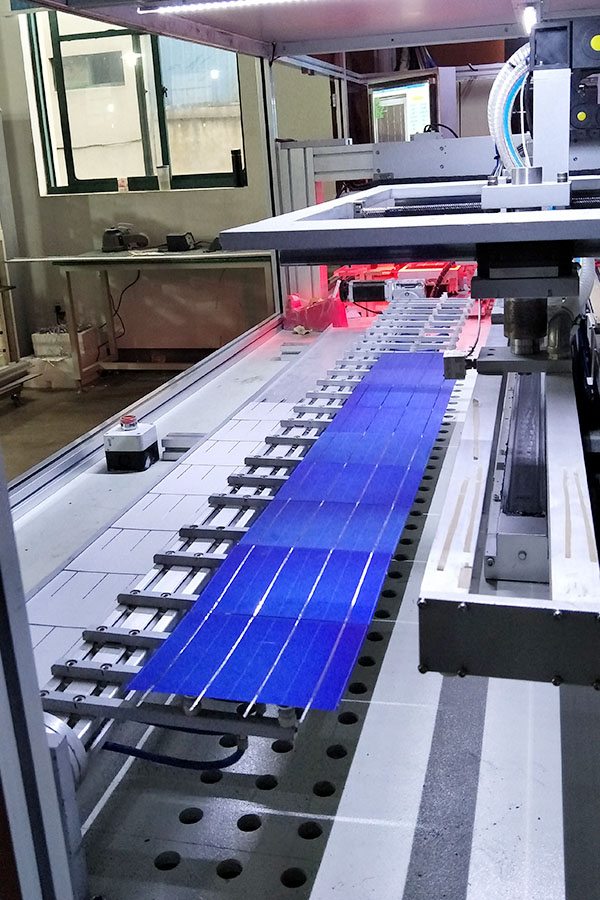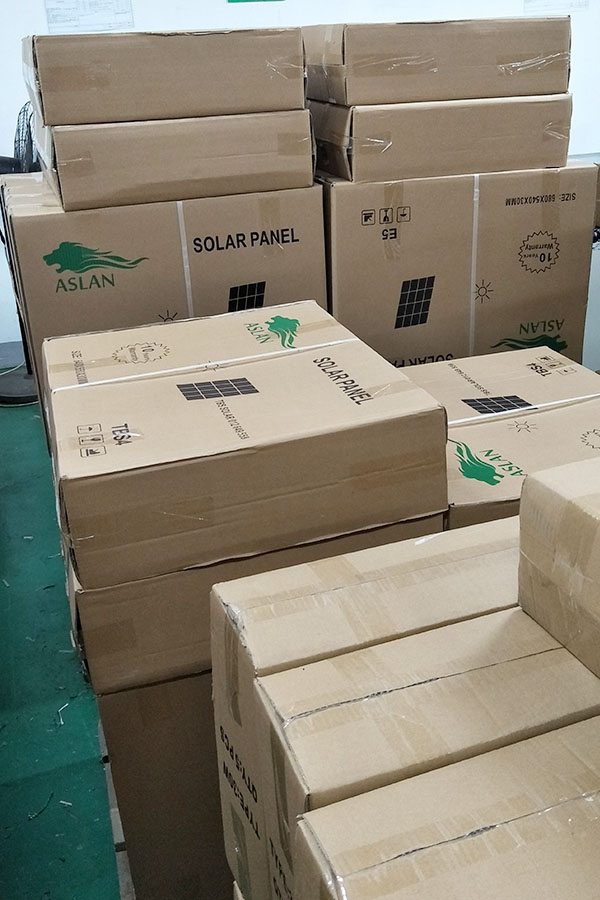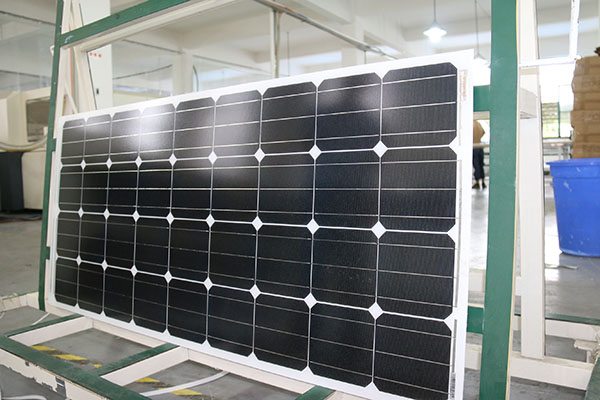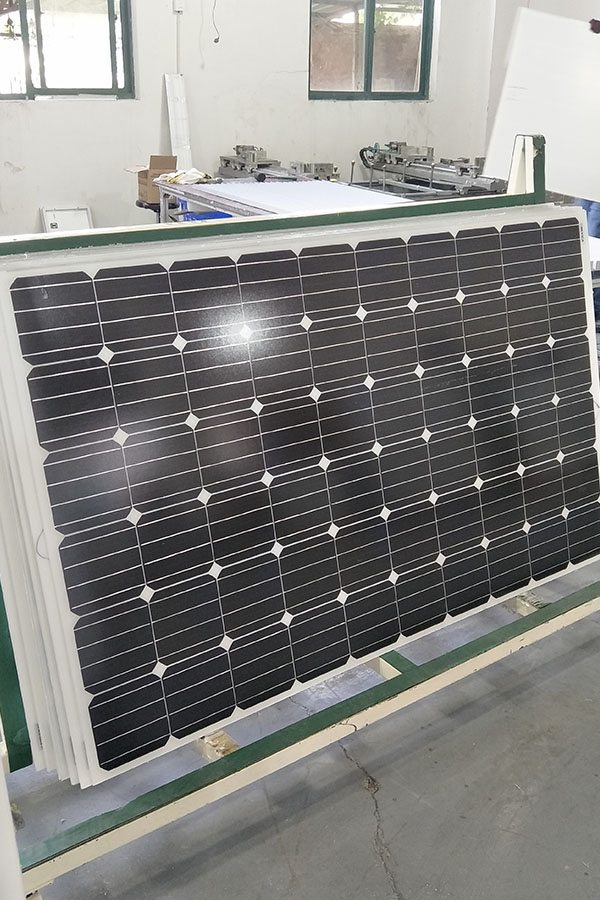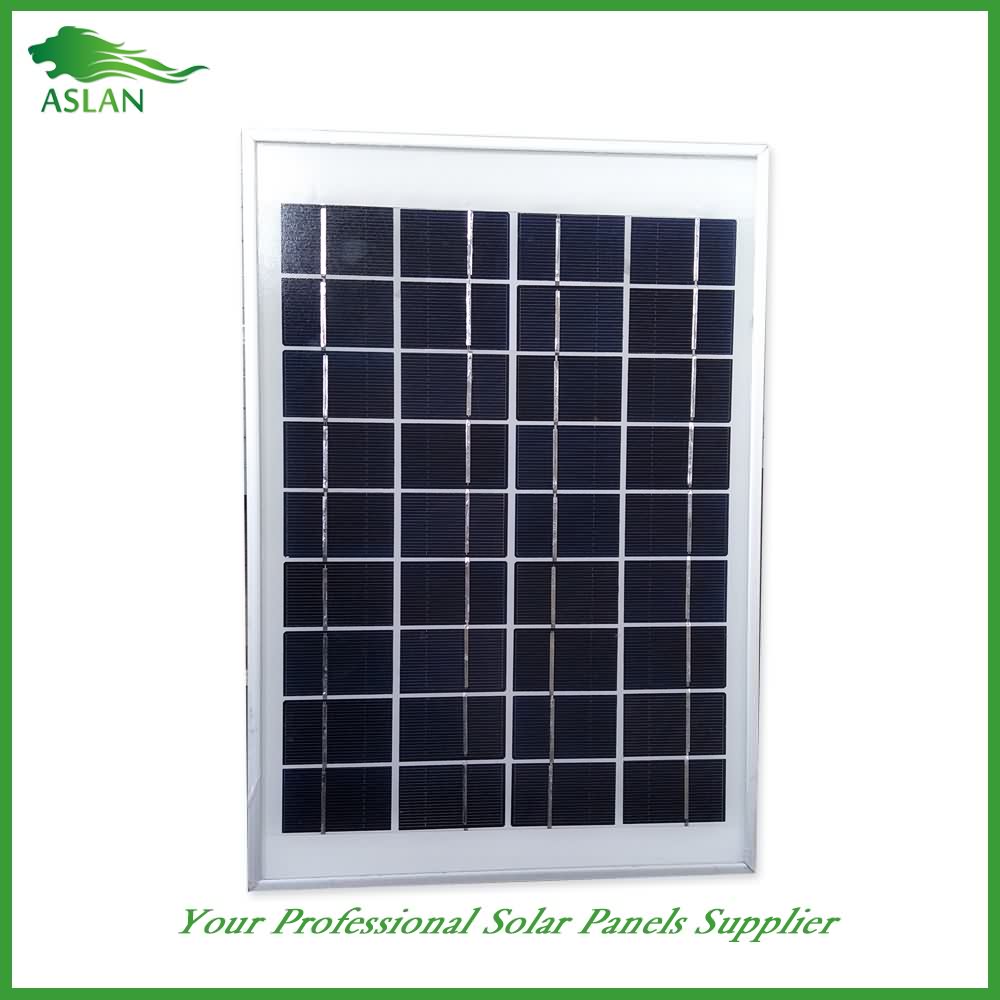OEM/ODM Manufacturer Poly-crystalline Solar Panel 90W Wholesale to Rotterdam
Short Description:
Our company sticks to the principle of "Quality is the life of the company, and reputation is the soul of it" for OEM/ODM Manufacturer Poly-crystalline Solar Panel 90W Wholesale to Rotterdam, we have built a reliable reputation among many customers. Quality&customer first are always our constant pursuit. We spare no efforts to make better products. Look forward to long-term cooperation and mutual benefits!
Poly-crystalline Solar Panel 90W
Technical parameter
Maximum Power(W) 90W
Optimum Power Voltage(Vmp) 18.33V
Optimum Operating Current(Imp) 4.91A
Open Circuit Voltage(Voc) 21.96V
Short Circuit Current(Isc) 4.89A
Mechanical Characteristics
Cell Type Poly-crystalline 156x104mm (6 inch)
No of Cell 36 (4x9pcs)
Dimensions 1008x678x35mm
Weight 8.0KGS
Front Glass 3.2mm,High Transmission, Low Iron,Tempered Glass
Junction box IP65 Rated
Output Cable TUV 1×4.0mm2/UL12AWG,Length:900mm
Temperature and Coefficients
Operating Temperature(°C): -40°C ~ + 85°C
Maximum System Voltage: 600V(UL)/1000V(IEC) DC
Maximum Rated Current Series: 15A
Temperature Coefficients of Pmax: -0.435%
Temperature Coefficients of Voc: -0.35%
Temperature Coefficients of Isc: 0.043%
Nominal Operationg Cell Temperature (NOCT): 47+/-2°C
Materials of solar panel
1).Solar Cell——Poly-crystalline solar cell 156*104mm
2).Front Glass——-3.2mm, high transmission, low iron, tempered glass
3).EVA——-excellent anti-aging EVA
4).TPT——-TPT hot seal made of flame resistance
5).Frame——anodized aluminum profile
6).Junction Box——-IP65 rated, high quality, with diode protection
Superiority: high quality anodized aluminum frame, high efficiency long life, easy installation, strong wind resistance, strong hail resistance.
Features
1. High cell efficiency with quality silicon materials for long term output stability
2. Strictly quality control ensure the stability and reliability, totally 23 QC procedures
3. High transmittance low iron tempered glass with enhanced stiffness and impact resistance
4. Both Poly-crystalline and Mono-crystalline
5. Excellent performance in harsh weather
6. Outstanding electrical performance under high temperature and low irradiance
Quality assurance testing
Thermal cycling test
Thermal shock test
Thermal/Freezing and high humidity cycling test
Electrical isolation test
Hail impact test
Mechanical, wind and twist loading test
Salt mist test
Light and water-exposure test
Moist carbon dioxide/sulphur dioxide
More on http://solarpv.tv/ – HyperMedia Business Platform
Juan Carlos Gonzales, Senior Technical Manager at JinkoSolar presents SolarPV.TV viewers their new Eagle Black solar module series.
The Eagle Black series consists of all black poly modules, available in 60-cell and 72-cell versions, with maximum outputs of 280watts and 330watts respectively. The Eagle Black is one of the most powerful and aesthetically pleasing all-black poly modules on the market.
The improved power delivered by Eagle Black is due to the adoption of a nano-scale etched technology, where the silicon wafer is etched with nano-scale pores. These nano-sized holes and the silicon walls are smaller than the light wavelengths hitting them. This, as a result, minimizes reflectivity and enables an incredibly high light absorption of 99.7%, compared to 95% for conventional modules. The angular dependence of the reflection from black silicon is also much smaller. The wafer has a wider wavelength absorption capability, meaning that the Eagle Black’s performance is increased when the sun hits at an angle during the morning and afternoon hours. It also outperforms standard cell panels on cloudy days. The combination of antireflection and better low light performance enables JinkoSolar’s Eagle Black module to produce more energy throughout the day, and the entirety of its lifetime.
The price of a barrel of Brent Crude oil from the North Sea has risen by 50 percent this year. That in turn raises the price of driving a car – and of manufacturing. So solar power is becoming relatively affordable.
German solar technology firms quintupled their sales abroad in the last three years, for an industry total of a billion euros in 2006. German photovoltaic companies have their eye on the European domestic market. But they are also rapidly expanding in the United States and Asia. The Solar Economy Association expects the photovoltaic market to expand by 20 percent a year for the next 15 years, creating many jobs in Germany. Klaus Enderle visited Solon, a photovoltaic company in Berlin that will be opening new production facilities next year. In Cooperation with the Handelsblatt.


